dima_zel/Getty Images
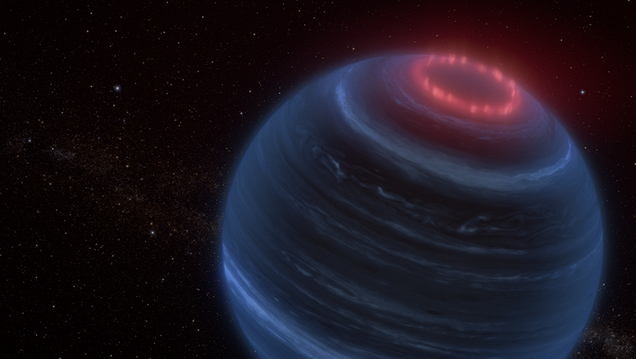
The Webb Space Telescope has spotted something weird: a brown dwarf with what appear to be aurorae, what we Earthlings sometimes call the Northern Lights. What makes the observation particularly surprising is that the brown dwarf doesn’t have a nearby star that could cause such an aurora.
W. M. Keck Observatory/Adam Makarenko

The city of Lexington, Kentucky, appears so tired of being overlooked by humankind that it has sent a formal invitation to the next-best thing: alien life that may or may not exist in a nearby star system.
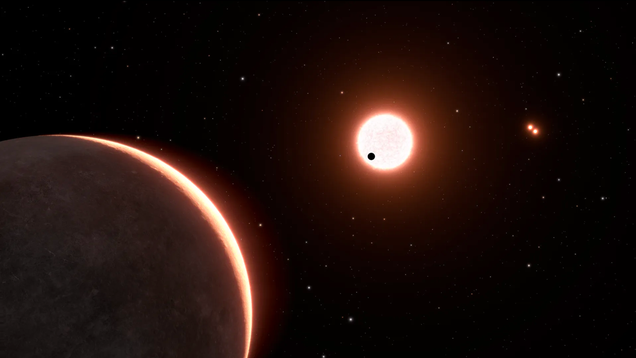
The Hubble Space Telescope just ogled an exoplanet passing in front of a star in a triple system, revealing the nearby world’s mass.
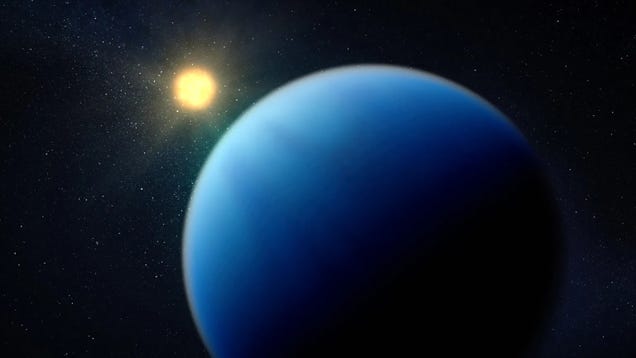
Exoplanets pushing their atmospheres away may explain a gap in exoplanet masses, according to a team of researchers that recently studied data from NASA’s retired Kepler Space Telescope.
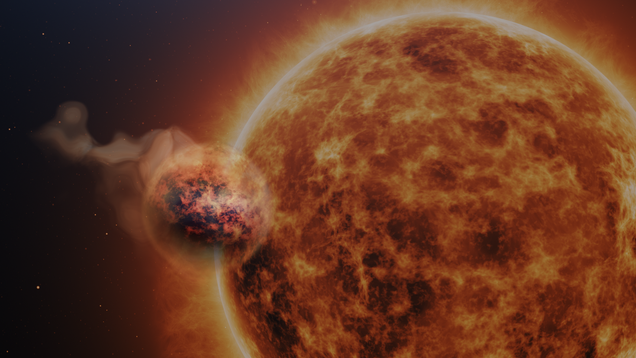
The Webb Space Telescope has revealed a world quite alien compared to our own: WASP-107b, a Neptune-like gas giant that orbits a star some 211 light-years from Earth. Webb has now detected water vapor and sulfur dioxide in the planet’s atmosphere, as well as sand-like silicate clouds.
Comets that bounce around the universe could be delivering the ingredients for life to alien planets
NASA/Goddard Space Flight Center/Conceptual Image Lab
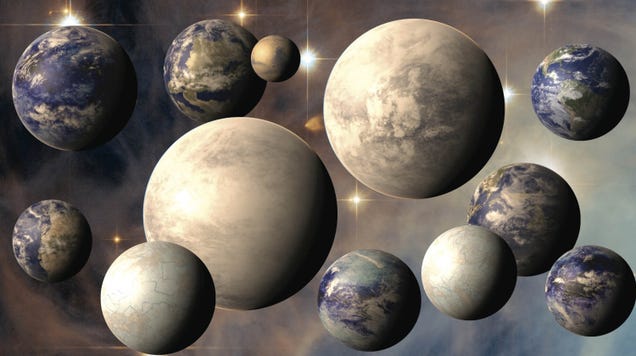
An encouraging new study has found that the interference from exoplanets—planets that orbit stars outside our solar system—has been overestimated in searches for extraterrestrial signals.
NASA, CSA, ESA, J. Olmsted (STScI)
